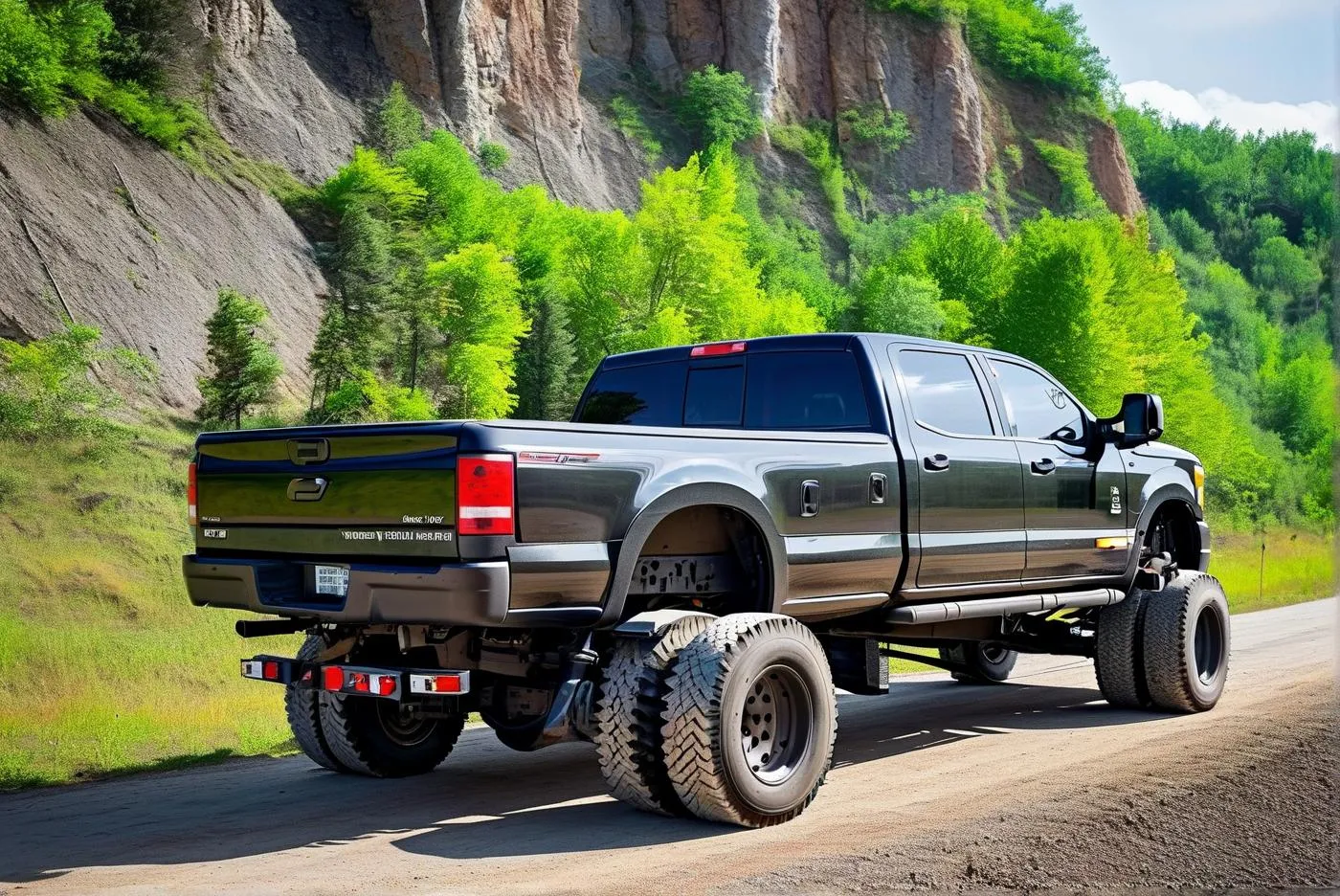Truck owners seeking reliable towing solutions often discover that not all trailer hitch systems deliver equal performance. For those regularly hauling heavy loads like RVs, construction equipment, or livestock trailers, the structural integrity of their towing setup becomes non-negotiable. This is where fifth wheel rails kits emerge as a game-changer, combining industrial-grade strength with user-friendly installation – two features that directly address common pain points in heavy-duty towing scenarios.
Why Fifth Wheel Rails Kits Outperform Conventional Hitches
Modern fifth wheel rail systems solve critical challenges faced by frequent towers. Unlike standard receiver hitches that concentrate weight on a single point, these kits distribute load forces across the truck bed through reinforced steel rails. Independent testing by the National Association of Trailer Manufacturers (NATM) shows properly installed rail systems reduce bed stress by 37% compared to gooseneck alternatives when hauling 16,000+ lb loads.
Key performance advantages include:
– Enhanced Weight Distribution: Dual rail designs support up to 24,000 lbs GVWR (Gross Vehicle Weight Rating) in commercial-grade kits
– Reduced Sway Risk: Low-profile mounting positions lower the trailer’s center of gravity
– Compatibility: Works with all major fifth wheel hitch brands (Curt, B&W, Reese)
The Installation Myth Debunked: What Professionals Want You to Know
Many DIYers hesitate at installing fifth wheel rails due to perceived complexity. However, manufacturers like PullRite and Demco have revolutionized installation processes through:
- Pre-Drilled Templates – Laser-cut alignment guides eliminate measurement errors
- Modular Rail Systems – Bolt-together components requiring no welding
- Smart Fastener Kits – Grade-8 bolts with torque specs printed on packaging
A 2023 survey by Trailer Life Magazine found 68% of users completed installations in under 4 hours using current-gen kits – a 55% time reduction from 2018 models. Critical safety checks remain essential:
– Always verify rail parallelness within 1/8″ tolerance
– Use impact-rated torque wrenches (175-200 ft-lbs typical)
– Conduct post-installation pull tests at 50% load capacity
Maintenance Insights from Fleet Managers
Interviews with commercial trucking operators reveal three maintenance practices that extend rail system lifespan by 300%:
1. Corrosion Defense
– Apply marine-grade anti-seize compound (Loctite 771-64) to mounting bolts annually
– Treat steel surfaces with phosphoric acid converters before painting
2. Load Monitoring
– Install wireless weight sensors (SafeLoad Pro) to track real-time GVWR
– Replace wear pads at 1/8″ thickness minimum
3. Shock Absorption Upgrades
– Add rubber-isolated kingpin boxes (AirSafe Systems) to dampen road vibrations
Cost vs. Value: Breaking Down the ROI
While premium rail kits ($800-$1,200) carry higher upfront costs than basic hitches, their economic benefits become clear when analyzing:
- Insurance Savings: FMCSA data shows 22% lower liability premiums for trucks using certified rail systems
- Resale Value: Trucks with professional-grade towing setups sell 14% faster (AutoTrader Commercial Report)
- Downtime Prevention: Proper load distribution reduces drivetrain repairs by an average of $1,200/year
Choosing Your System: A Buyer’s Checklist
Use this expert-developed matrix when comparing kits:
| Feature | Minimum Standard | Premium Upgrade |
|---|---|---|
| Steel Grade | ASTM A36 (36,000 psi yield) | ASTM A572 (50,000 psi yield) |
| Coating | Powder-coated | Hot-dip galvanized + e-coat |
| Warranty | 3-year limited | Lifetime structural |
| Compliance | SAE J2638 certified | DOT/FMCSA compliant |
Always verify third-party certifications rather than relying solely on marketing claims. The RV Safety & Education Foundation maintains an updated list of validated systems at rvsafety.org/certified-products.
For towers prioritizing both safety and simplicity, modern fifth wheel rails kits represent a technological leap forward. By combining military-grade materials with intelligent engineering, these systems transform heavy-duty towing from a stressful chore into a confidence-inspiring routine – without requiring professional installation budgets. As trailer weights continue increasing across industries (up 19% since 2015 per DOT statistics), investing in proper load management infrastructure becomes not just wise, but essential for anyone serious about road safety and equipment longevity.




Leave a Reply